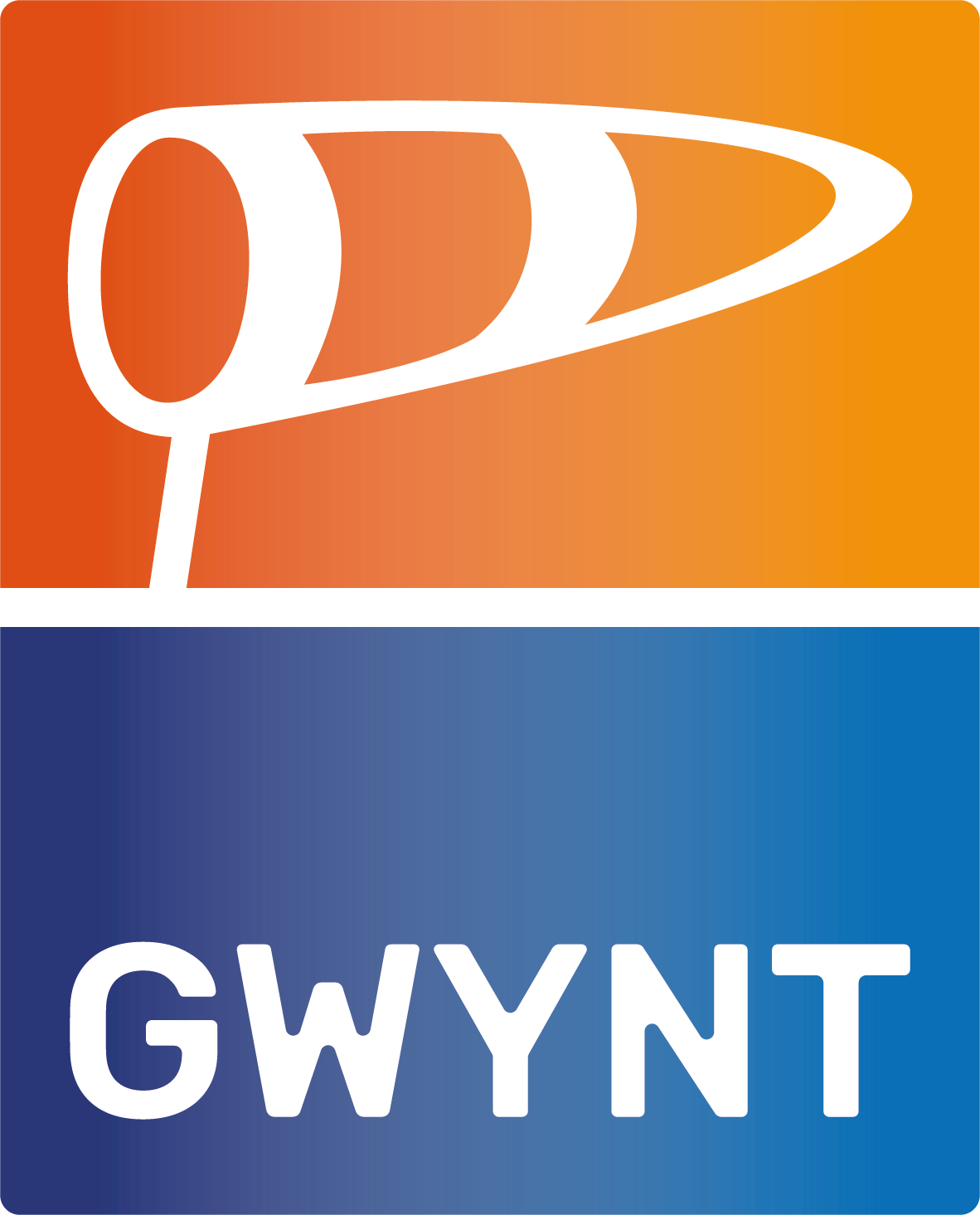19 June 2019
Company
Dutch top 5 e-tailer with over € 500 million turnover with a clear growth ambition. This led to the need to redesign the existing warehouse automation to a large extent.
Situation
The migration from existing automation to the new situation was a complex step, commercially, operationally and technically. The internal and external parties used different methods for managing projects and developing and testing software. The client needed an overall project management role to control the various risks, progress, interdependencies of parties and budget management.
The starting point was to ensure that the new automation could be managed and configured as much as possible by the customer’s IT team and that the development and test team were given space to go through the learning curve independently.
Approach
Because the customer’s agile approach did not fit the waterfall style of the suppliers, the project management role was largely designed to act as a decoupling point between the two methods. Matching milestones, realizing plans and controlling development costs requires substantive involvement, transparency and building relationships with content stakeholders. The project manager played a crucial role in this.
Because it was also technically a discovery tour, a large number of substantive workshops were led by the project manager in order to eliminate the risks and barriers as quickly as possible. A good relationship with scrum and project teams and substantive involvement were necessary to identify such risks and barriers at an early stage
Results
The total migration is a multi-year plan. The Gwynt project manager has developed scenarios and a migration plan with the client team (planning, budget, business risks) to develop and realize the entire migration. The project manager was involved in the first Go-Live, where the first phase consisted of a manual process that went live on the new system.

